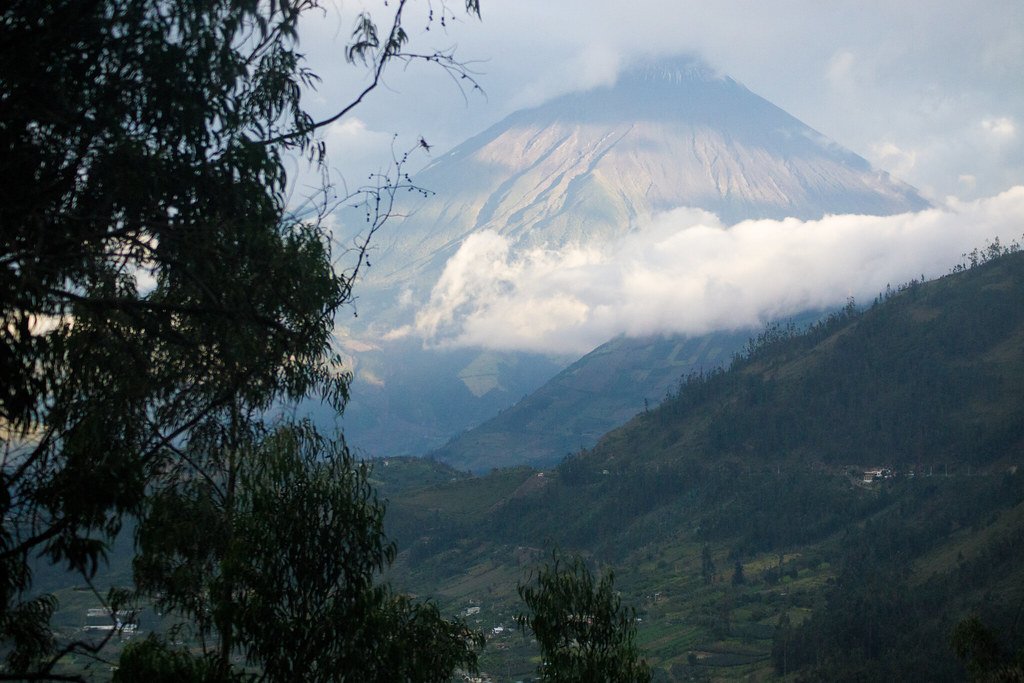Imagine standing on a remote, icy glacier. The wind whistles, the sun glints off endless white, and then—out of the blue—you spot a fuzzy green ball gently rolling across the slick surface. No, you’re not hallucinating. You’ve just witnessed one of the strangest and most endearing natural phenomena on earth: glacier mice. These mossy spheres, as adorable as their name suggests, have puzzled scientists and enchanted explorers for decades. The mystery of how these living moss balls scoot across the barren ice—seemingly with a mind of their own—feels like something out of a fairy tale, but they’re very real, and their story is even stranger than fiction.
What Exactly Are Glacier Mice?
Glacier mice are not rodents at all, but rather clumps of moss that form into roughly spherical shapes. They grow on the surface of glaciers, especially in places like Iceland, Alaska, and some regions of South America. Each ball is a tight-knit bundle of moss filaments, often mixed with tiny particles of dirt and grit picked up from the ice. The name “glacier mice” comes from their small, rounded appearance and the way they seem to scurry across the ice, reminiscent of little animals. Some are barely bigger than a golf ball, while others can reach the size of a small apple.
The Surprising Discovery of Moving Moss Balls
The phenomenon of glacier mice has been documented by glaciologists and curious adventurers for decades, but it wasn’t until the 21st century that scientists started to seriously study their movement. Observers noticed that, somehow, these moss balls were not stationary—they appeared to slowly travel across the glacier, sometimes forming small, loose “herds.” The sight of dozens of these emerald-green balls rolling together across a field of white ice is as whimsical as it is bewildering. For a long time, nobody could quite figure out how or why they moved.
How Glacier Mice Form
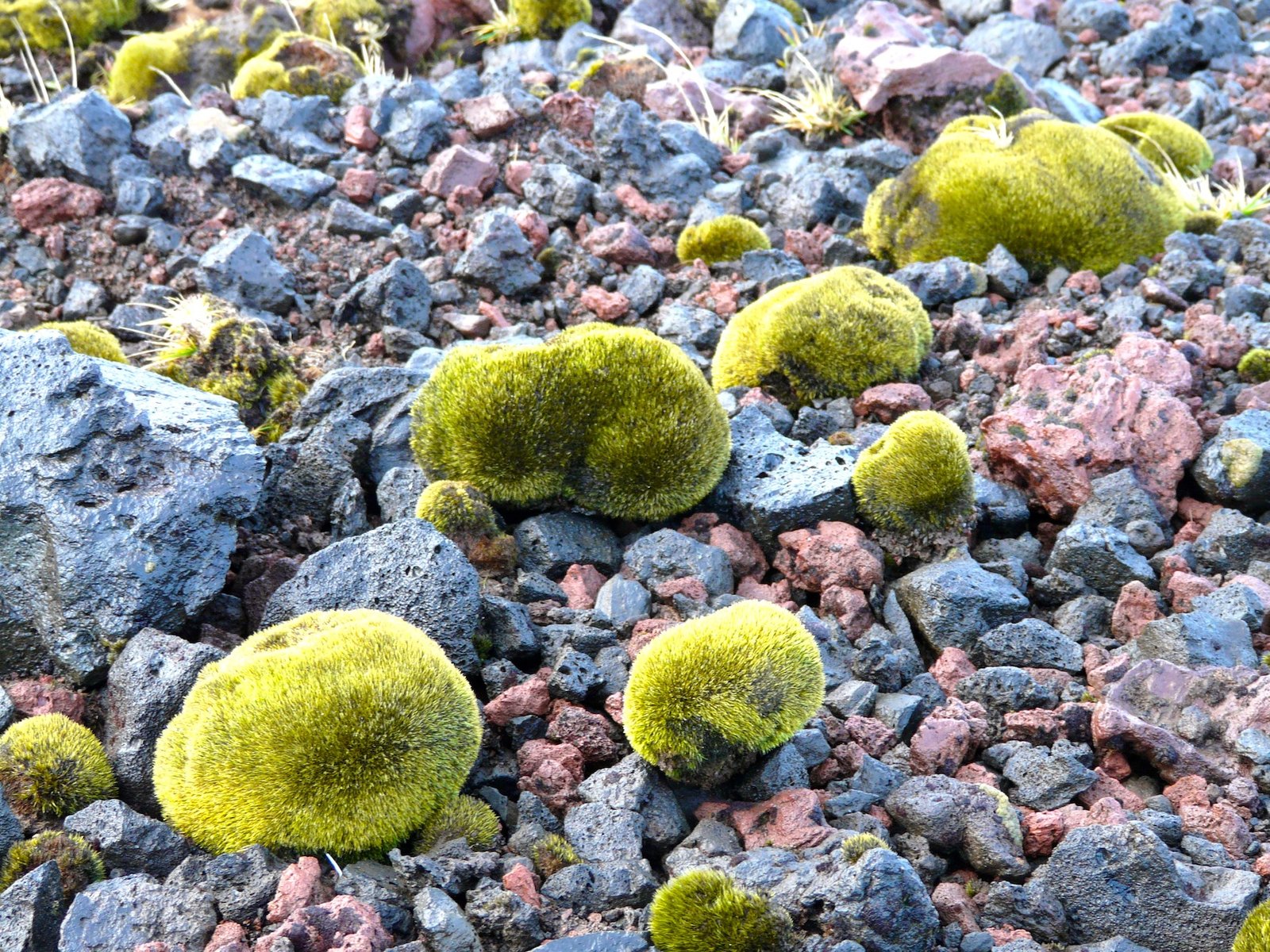
Glacier mice always start small, often as a tiny clump of moss spores that land on a gritty bit of ice. Over time, the moss grows outward, wrapping around any dirt or debris it finds. The continual freezing and thawing of the glacier, along with the grinding movement of ice, encourages these moss balls to stay round. The constantly shifting glacier surface helps prevent the moss from rooting deeply, so instead of spreading flat, it forms these compact, mobile balls. It’s a bit like how pearls form around a grain of sand—nature’s way of turning something simple into something marvelous.
The Unusual Habitat: Life on Ice
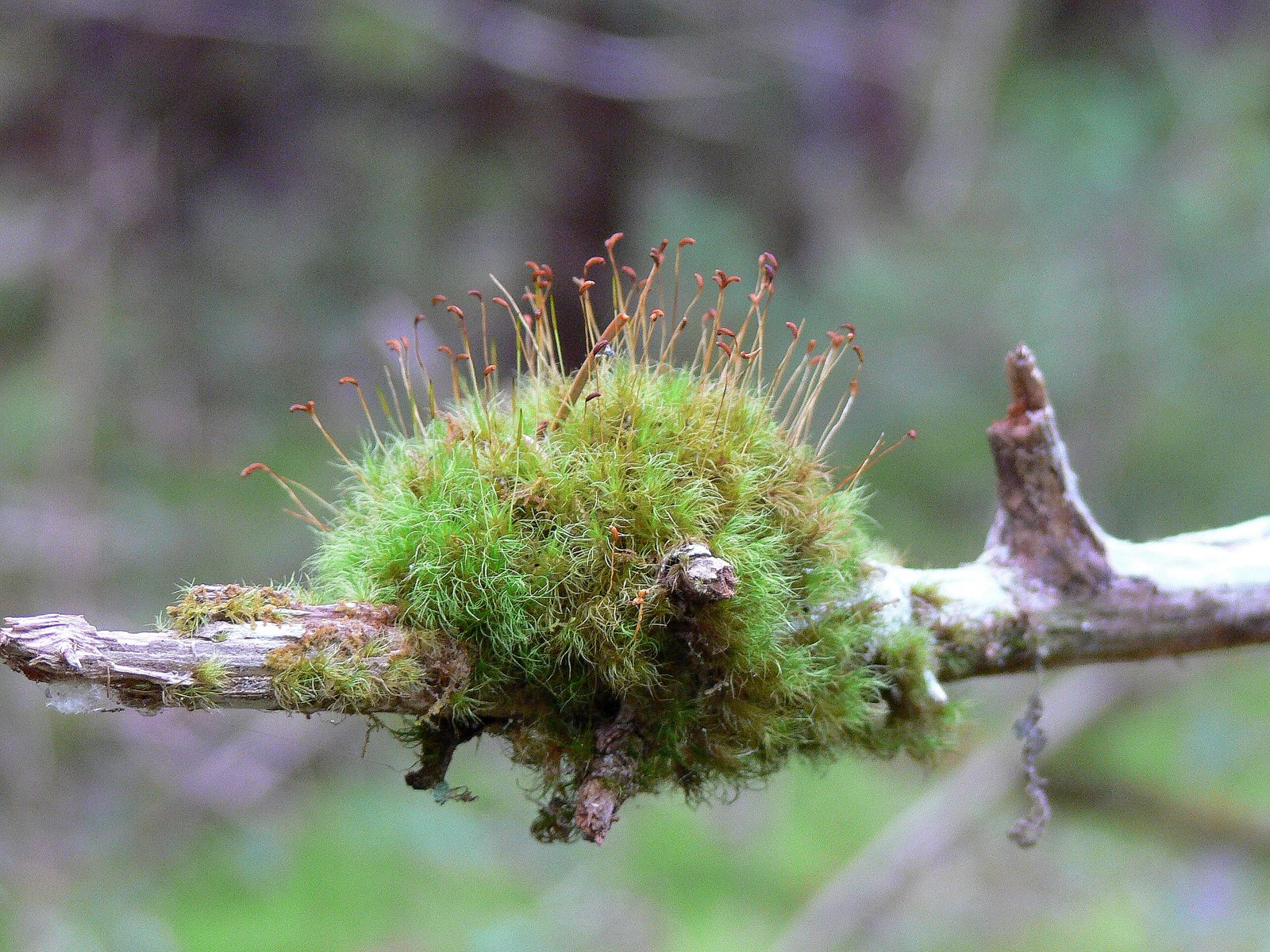
It’s hard to imagine anything living on a glacier, where temperatures are frigid and nutrients are scarce. Yet glacier mice have managed to carve out a niche in one of the most hostile environments on earth. The moss balls rely on meltwater from the glacier and the occasional nutrients brought in by wind or rain. Their green color helps them photosynthesize, even in the weak sunlight that often bathes polar regions. In a world where most plants wouldn’t stand a chance, glacier mice are thriving.
The Science Behind Their Movement
For years, the movement of glacier mice was a complete mystery. Was it wind? Gravity? Some hidden animal pushing them along? It turns out, the answer is far stranger: glacier mice appear to move in unison, following a pace and direction that doesn’t match the wind or the slope of the glacier. Scientists who tagged and tracked them with flags and GPS found that the balls roll up to several centimeters a day, shifting direction together, almost as if they’re communicating. The exact mechanism is still debated, but it may relate to subtle changes in the melting ice beneath them, or perhaps the way their shape causes them to tip and roll as temperatures change.
Rolling in Groups: The Herd Mentality
One of the most delightful quirks of glacier mice is that they often move in groups. Researchers have found herds of dozens—sometimes hundreds—of moss balls rolling together across the ice. Even more bizarre, these groups tend to head in the same direction at the same speed, keeping their formation over weeks or even months. This kind of synchronized movement has rarely been observed in non-animal life forms. It’s almost as if glacier mice have their own secret society, moving with purpose while the rest of the world isn’t watching.
Why Don’t They Just Sit Still?
You might wonder, why would a moss ball want to move in the first place? The answer isn’t entirely clear, but there are some clever theories. Rolling may help glacier mice avoid being buried by snow or drowned by meltwater. It could also expose them to more sunlight on different parts of the glacier, or allow them to escape from places where nutrients are running low. By constantly moving, they might also reduce the risk of being colonized by fungi or other parasites. In the harsh world of the glacier, a little mobility can mean the difference between life and death.
A Microcosm of Life Inside
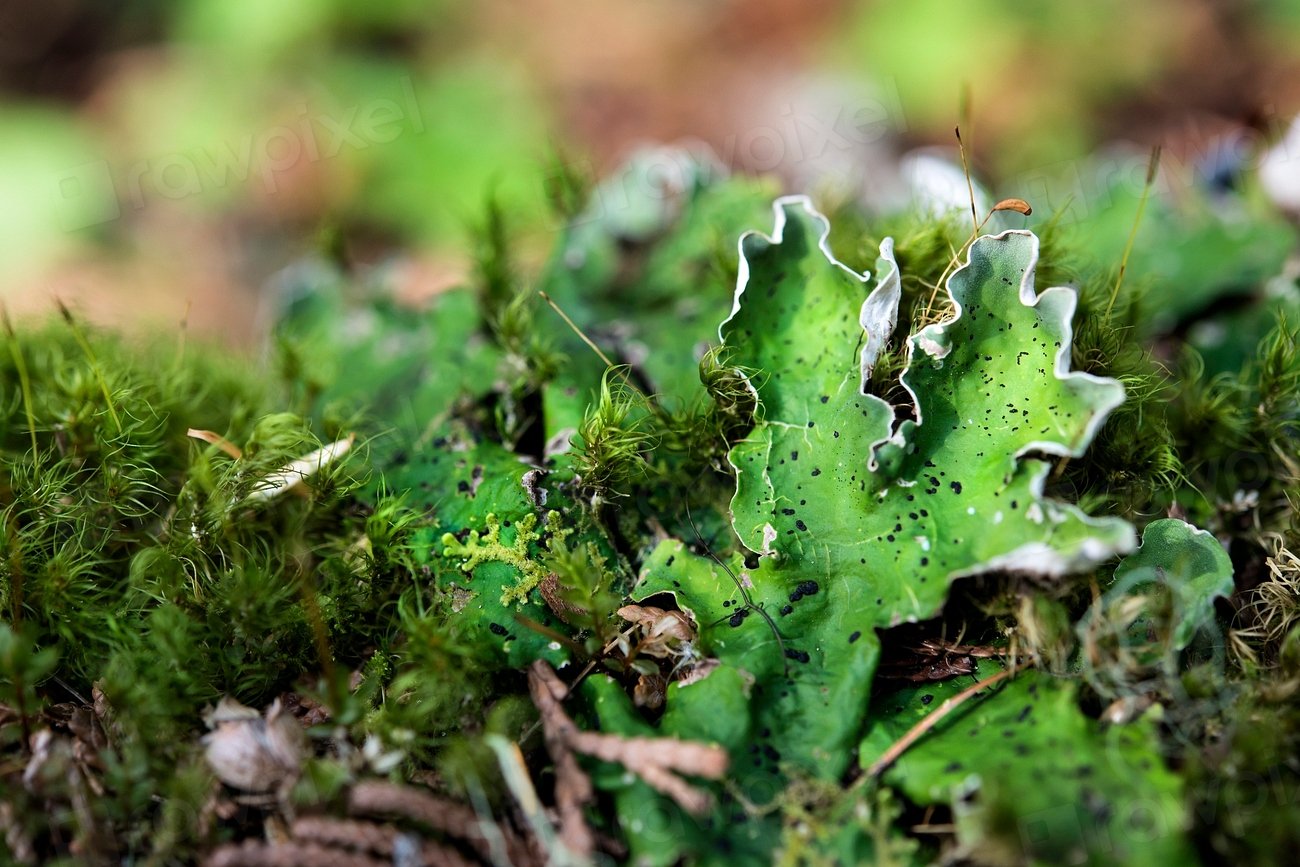
Glacier mice may look simple on the outside, but inside, they’re bustling with life. Scientists have discovered that these moss balls are miniature ecosystems, home to tiny creatures like nematodes, springtails, and even microscopic tardigrades (those famously tough “water bears”). The moss provides shelter and moisture, creating a safe haven in the middle of a frozen desert. It’s a reminder that even the smallest, strangest things can support entire worlds of life, hidden from plain sight.
How Long Do Glacier Mice Live?
Unlike most plants that die off each winter, glacier mice can survive for years—sometimes even decades. Their compact shape and constant movement help them avoid being crushed by snow or swept away by meltwater. Over time, they slowly grow, their moss becoming thicker and more tightly packed. Some scientists have found moss balls that are estimated to be over six years old, and it’s possible that even older ones are rolling around out there, quietly defying the odds.
The Mystery of Synchronization
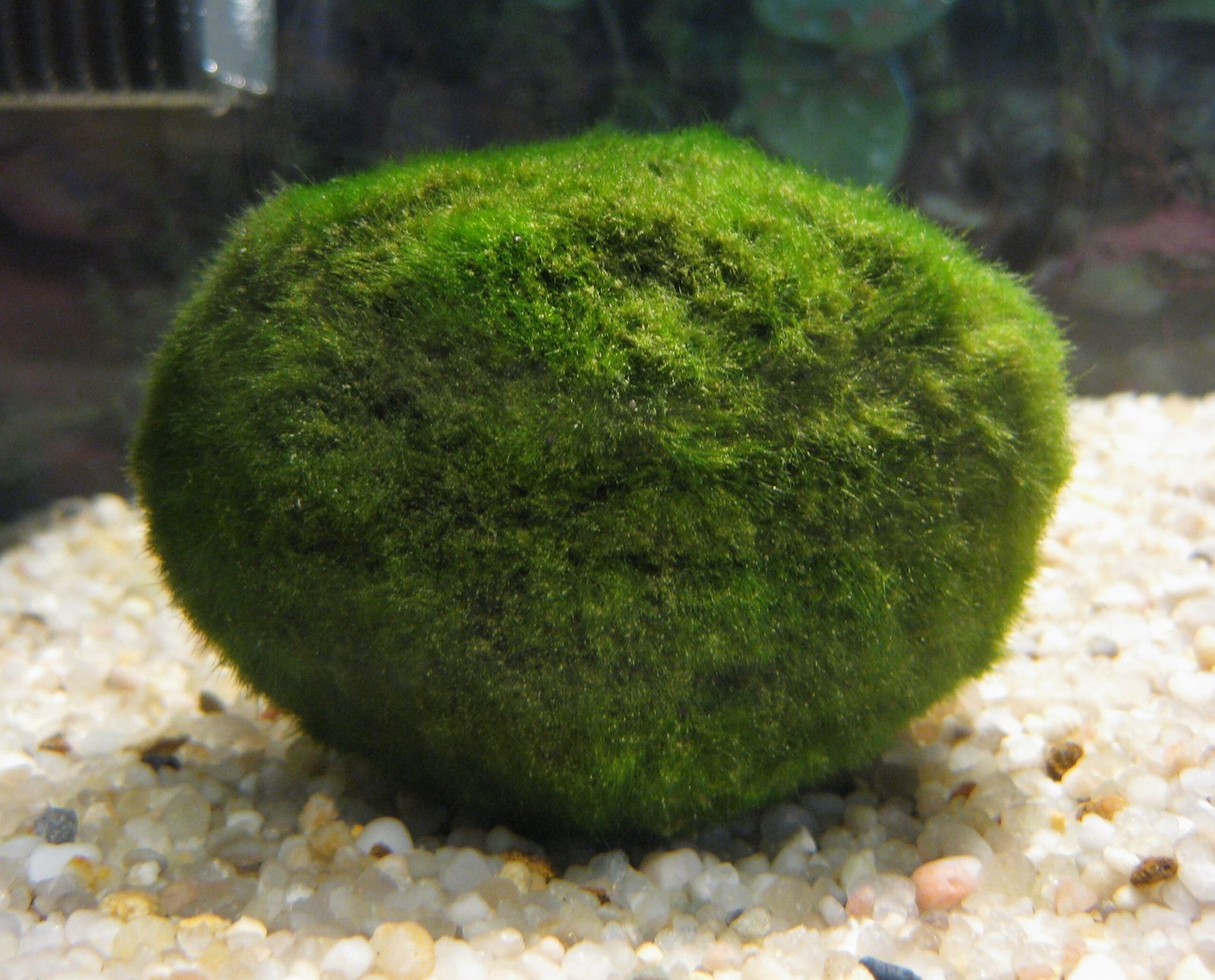
Perhaps the most baffling part of the glacier mice story is their synchronization. When scientists track multiple moss balls, they find that the whole group changes direction together, often in ways that can’t be explained by wind, gravity, or sunlight alone. Some researchers have speculated that subtle patterns in glacier meltwater or microclimates might steer the herd, but there’s no definitive answer yet. It’s a living puzzle, one that continues to stump the brightest minds in the field.
Glacier Mice and Climate Change
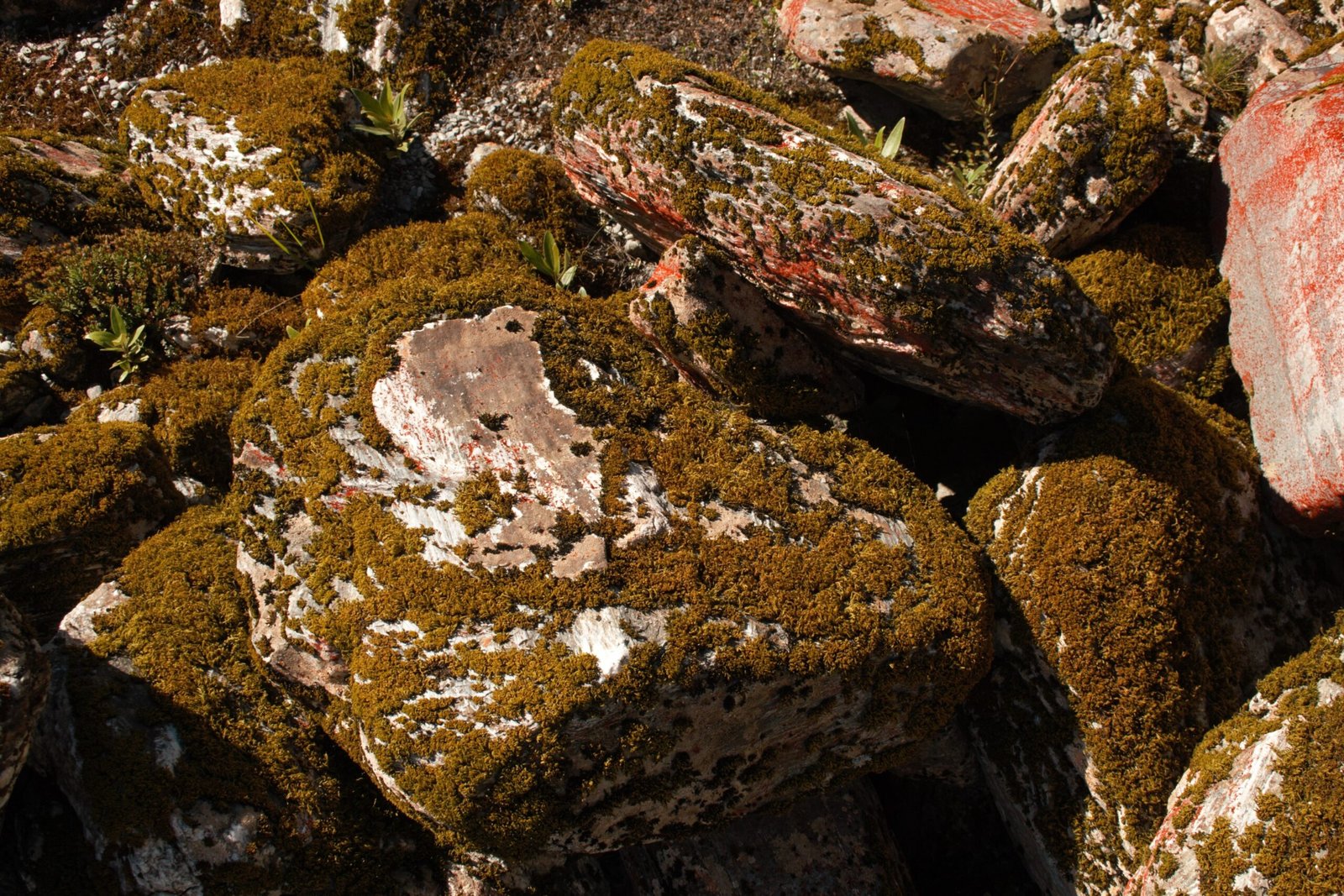
The fate of glacier mice is closely tied to the glaciers themselves, which are under threat from global warming. As glaciers shrink and disappear, so too do the habitats that moss balls rely on. The decline of glacier mice serves as a tiny but poignant symbol of the larger changes sweeping through our planet’s coldest places. Scientists are racing to learn as much as they can about these fascinating creatures before their icy homes vanish forever.
Where Can You Find Glacier Mice?
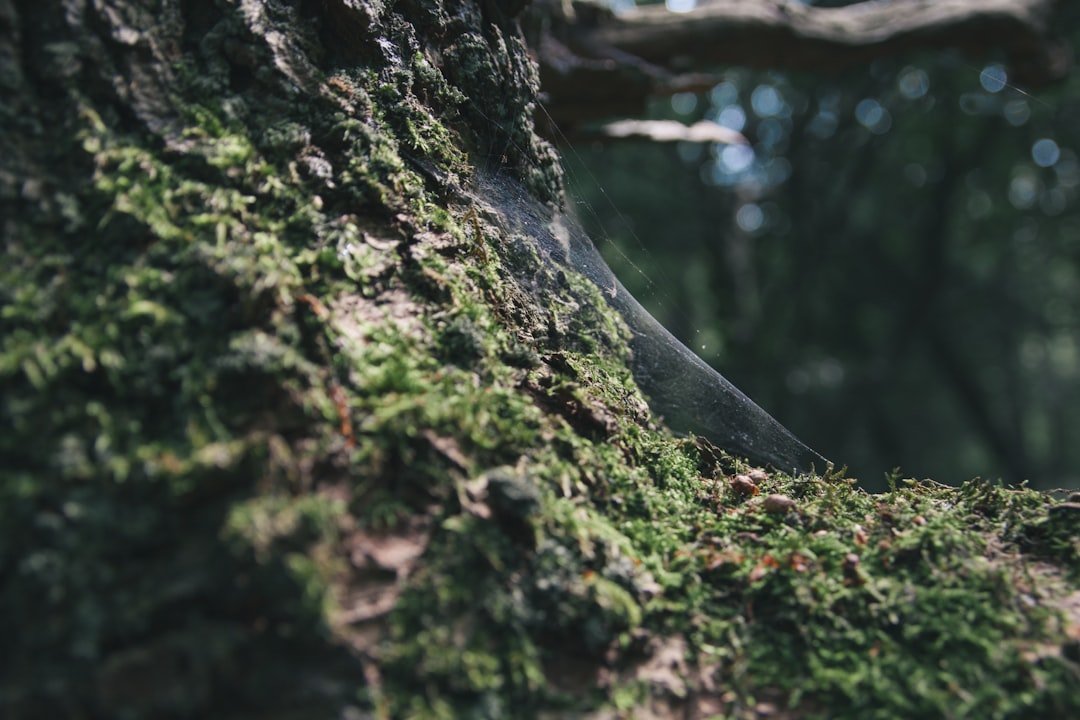
While glacier mice have been spotted in a handful of locations around the world, they’re most famously found in Iceland, Alaska, and South America’s southern glaciers. These places offer just the right balance of cold, moisture, and gentle slopes that allow moss balls to thrive. If you ever find yourself hiking across a glacier in these regions, keep your eyes peeled for a hint of green amid the white—just don’t expect to spot them easily, as they blend in surprisingly well.
Studying Glacier Mice: Methods and Challenges

Researching glacier mice isn’t easy. The harsh, unpredictable conditions of glaciers make fieldwork tough, and tracking tiny moss balls as they roll across miles of ice is no small feat. Scientists use a combination of GPS tags, colored flags, and time-lapse photography to monitor their movements. The data they’ve collected is still relatively sparse, but every season brings new discoveries. It’s a bit like trying to follow the secret lives of elves—delightful, but full of surprises.
Fascination Among Scientists and Nature Lovers
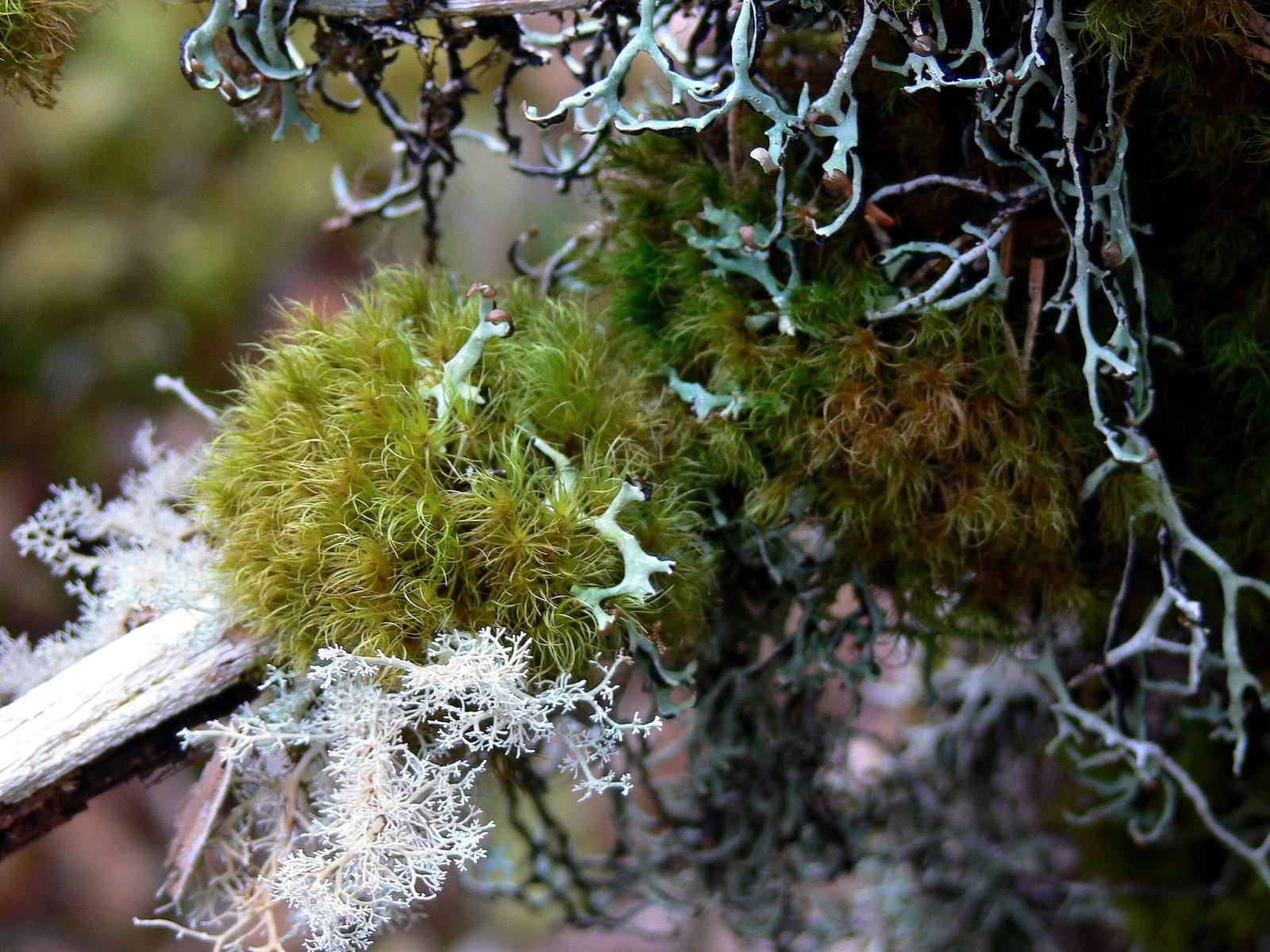
Glacier mice have captured the imagination of everyone from botanists to casual hikers. There’s something irresistibly charming about the idea of a moss ball rolling bravely across a glacier, defying both the elements and expectations. For many, they represent the beauty and strangeness of nature—proof that life finds a way even in the most unlikely places. Social media has also played a role, with photos and videos of moss balls rolling across icy fields inspiring awe and curiosity worldwide.
Ecological Importance of Glacier Mice

Though they’re small, glacier mice play a surprisingly important role in their ecosystem. By providing a safe haven for tiny animals and retaining moisture, they help support biodiversity in an otherwise barren environment. Their movement may also help distribute nutrients across the glacier, subtly influencing the landscape. In a place where life is scarce, every little bit counts, and glacier mice are a crucial piece of the puzzle.
What We Still Don’t Know
Despite years of study, glacier mice remain shrouded in mystery. Scientists still don’t fully understand how they coordinate their movements or how long individual moss balls can survive. There are questions about how they reproduce, whether they can colonize new glaciers, and what role they might play in the broader climate system. The more we learn, the more questions seem to appear—making glacier mice one of the most intriguing unsolved riddles in modern biology.
Personal Encounters: Stories from the Field
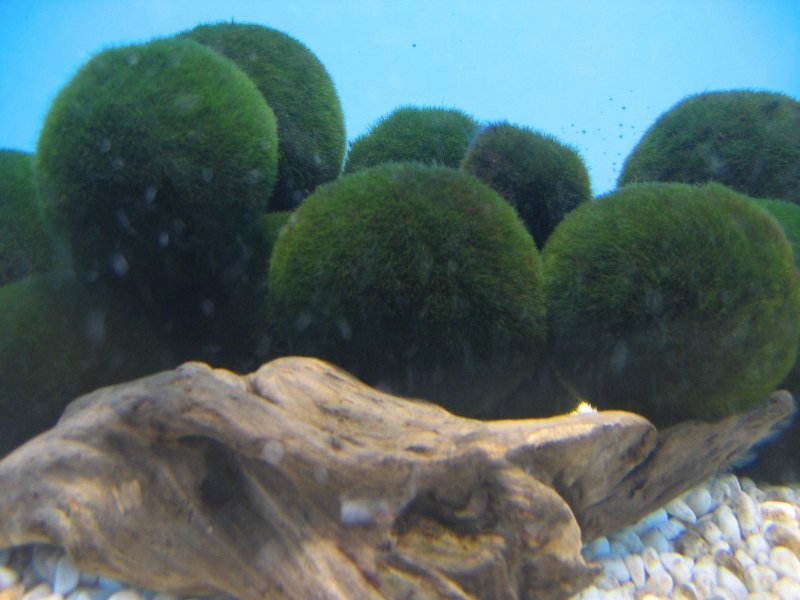
For those lucky enough to encounter glacier mice in person, the experience is unforgettable. One researcher described the sensation as “finding a treasure in the middle of nowhere,” while another compared the moss balls to “gentle green animals, quietly grazing the ice.” Even seasoned glaciologists admit to being enchanted by their quirky charm. It’s a reminder that nature still holds secrets, waiting to be uncovered by those with patience and curiosity.
Can Glacier Mice Inspire Conservation?

The plight of glacier mice—and the glaciers themselves—has become a rallying point for conservationists. By highlighting the stories of these unique organisms, scientists hope to draw attention to the urgent need to protect our planet’s cold regions. Glacier mice may be small, but they’re mighty symbols of resilience and adaptation. Their story challenges us to look closer at the natural world and fight for the survival of even its most unlikely inhabitants.
A Living Metaphor for Adaptation
In many ways, glacier mice are the ultimate symbol of resilience. Against all odds, they thrive in a landscape of ice and rock, rolling with the punches—quite literally—as the environment around them shifts and changes. Their ability to adapt, to keep moving even when the future is uncertain, offers a powerful lesson for all of us. Sometimes, the best way to survive is simply to keep rolling, no matter how slippery the path ahead.
What Does the Future Hold for Glacier Mice?
With glaciers shrinking worldwide, the future of glacier mice is anything but certain. Some scientists are working to document as many populations as possible before they disappear, while others are looking for ways to preserve their unique habitats. As climate change accelerates, the story of glacier mice becomes a poignant reminder of what we stand to lose—and why every effort to protect our planet’s wild places matters more than ever.
The Enduring Wonder of Glacier Mice
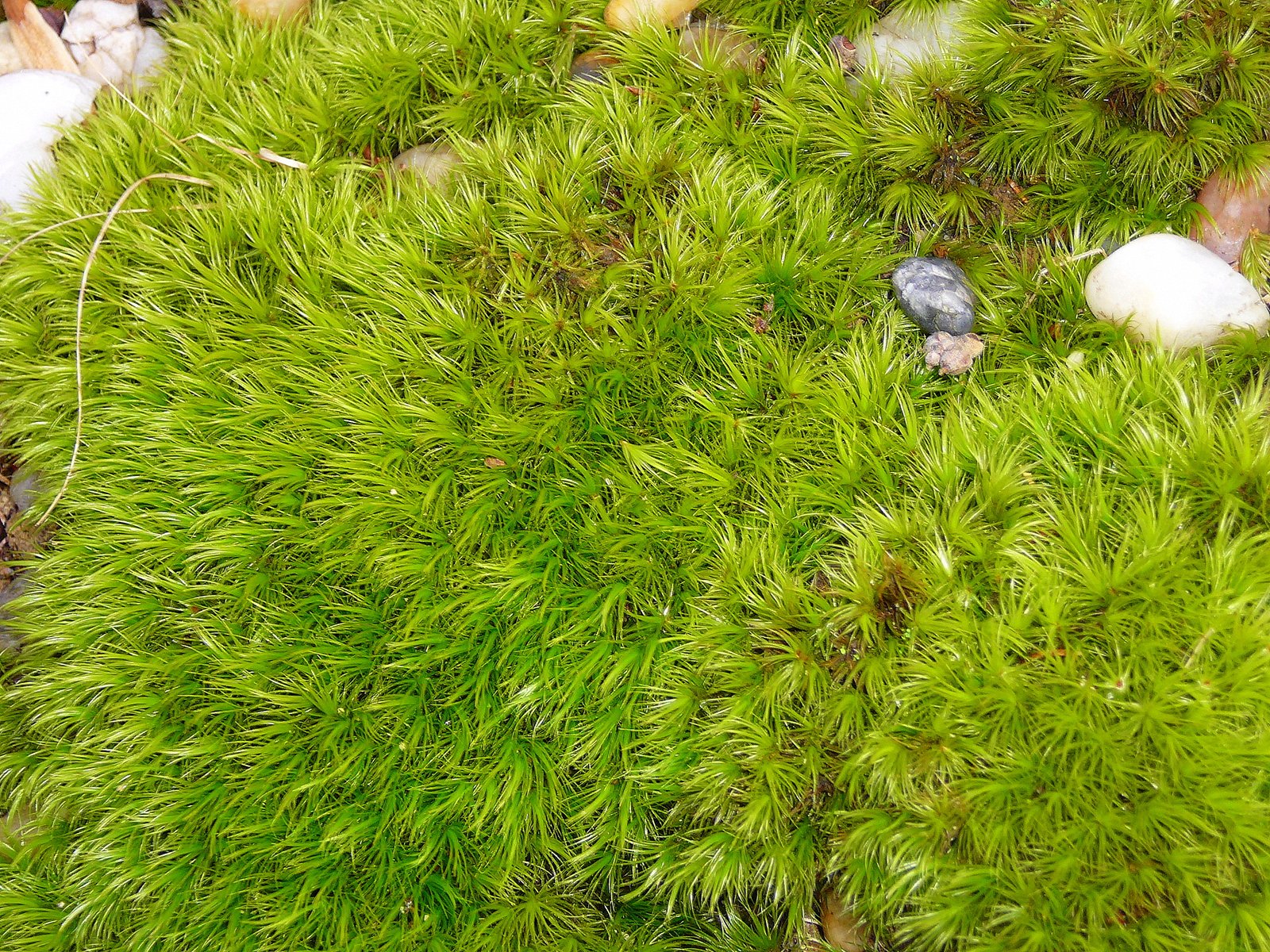
Few natural phenomena are as charming, strange, and inspiring as glacier mice. These rolling moss balls, with their mysterious movements and hidden worlds, capture the imagination of anyone lucky enough to learn their story. They remind us that the world is still full of surprises, and that sometimes, the most extraordinary wonders are hiding in the unlikeliest places—just waiting for someone to notice them.


